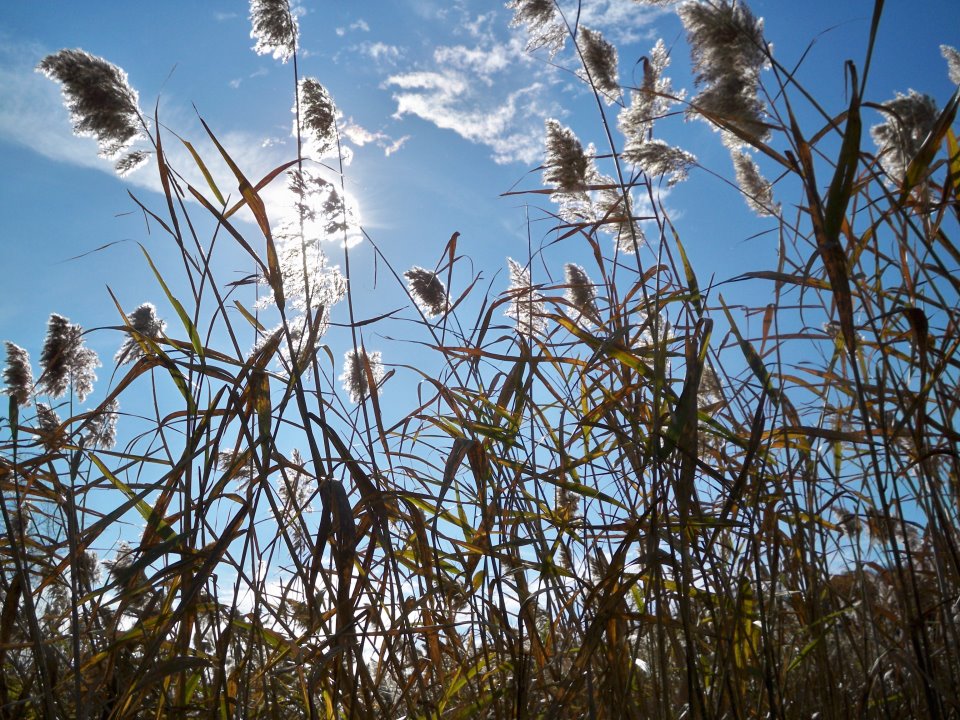Some commentary from our friends at the Conservation Law Foundation about last month’s Supreme Court decision and the Clean Air Act. Be a good neighbor!
While New England has often led the nation in controlling air pollution, we have often had to contend with bad air blowing in from those states to our west that are less protective of the health of their citizens – those states allow power plants to dump dangerous pollutants into our shared air.

Fortunately, the federal Clean Air Act empowered (and in fact directed) the U.S. Environmental Protection Agency to take action to reduce dangerous air pollution across the nation in order both to reduce the massive harm to communities near power plants and reduce harmful air pollution blowing in to “downwind” states. This is very important as here in New England we live with the reality of being “downwind” every day.
The history of the implementation of the “Good Neighbor” provision of the Clean Air Act, which directly addresses this question of air pollution from one state causing harm in another place, is long, tortured and tangled. It is only worth revisiting the last couple of chapters of that long saga. We can start in 2005 when the administration of George W. Bush proposed a weak regulation that claimed to implement the Good Neighbor Provision through a regulation called the “Clean Air Interstate Rule” or CAIR. The courts, however, rejected CAIR as flawed, sending EPA back to the drawing board. After much process and delay, a new and much better regulation known as the “Cross-State Air Pollution Rule,” or CSPAR, was rolled out. Sadly, a divided panel of the U.S. Circuit Court of Appeals for the District of Columbia found that EPA had not followed the law appropriately when it wrote that regulation.All of us here in New England should breathe a little bit easier, then, thanks to the April 29 decision by the Supreme Court upholding EPA’s regulations designed to control and reduce pollution blowing across state lines.
This brings us back to the present, and the Supreme Court’s decision in EPA v. EME Homer City Generation – finding that EPA had acted within its authority and within the instructions it was given by Congress in creating CSPAR.
Some commentators have suggested that this decision, along with the D.C. Circuit’s recent action to uphold the Mercury and Air Toxics Standard (known as “MATS”), constitutes a legal winning streak for EPA.
But it isn’t really EPA who wins when these regulations move forward. All of us – and in particular the most vulnerable members of our communities like our children, the elderly and our neighbors with respiratory problems – are the winners when our air is cleaner.
EPA is led today by Gina McCarthy, a longtime Massachusetts environmental regulator who started her career as the town health agent in Canton, Massachusetts, and rose up through the ranks of Massachusetts government. She later served as the head of the environmental protection agency in Connecticut. So we should not be surprised when pioneering efforts to protect the public by reducing power plant pollution incubated here have gone national under her leadership. But Gina did not do it alone; she was part of a team of public and private guardians of the public health and the environment.
As Justice Ginsburg wrote in EPA v. EME Homer City (joined it should be noted by Justices Breyer, Sotomayor, Kagan, Kennedy and Chief Justice Roberts over the objections expressed in a rather confused dissenting opinion presented by Justice Scalia joined by Justice Thomas):
Some pollutants stay within upwind States’ borders, the wind carries others to downwind States, and some subset of that group drifts to States without air quality problems. “The wind bloweth where it listeth, and thou hearest the sound thereof, but canst not tell whence it cometh, and whither it goeth.” The Holy Bible, John 3:8 (King James Version). In crafting a solution to the problem of interstate air pollution, regulators must account for the vagaries of the wind.
To which we can only add, amen. With a recognition that our attempts to foster protection of the public health and environment must also account for the vagaries of the political and public policy winds as we craft and release strategies and approaches that first reduce pollution here but can then spread and replicate across the land.
To see more from CLF and other blogs we follow, check out the “What We’re Reading” section in the right hand column.
Posted by Tyler Archer, Outreach & Development Associate for CFE & Save the Sound
Originally posted on Scoop by Seth Kaplan, VP of Policy and Climate Advocacy for CLF Massachusetts
